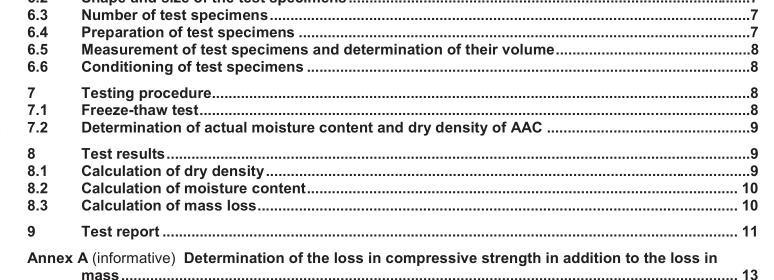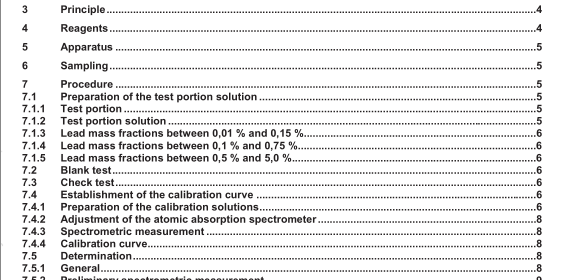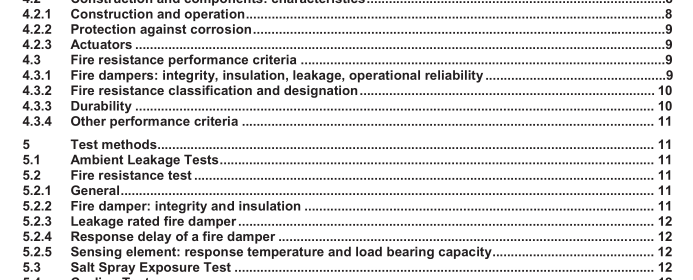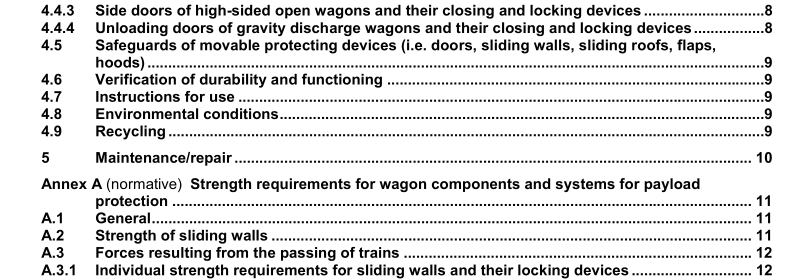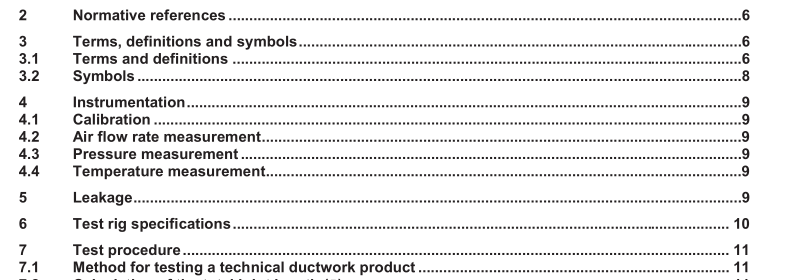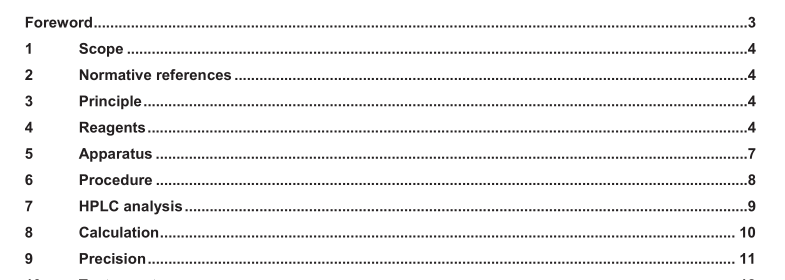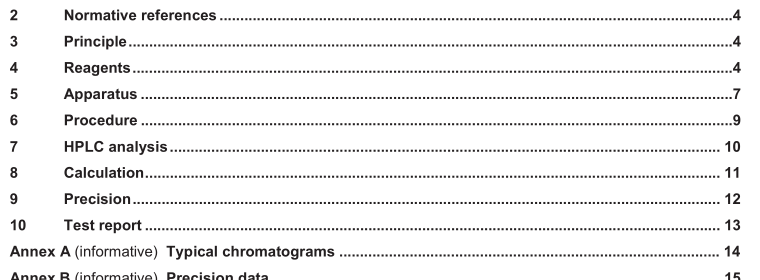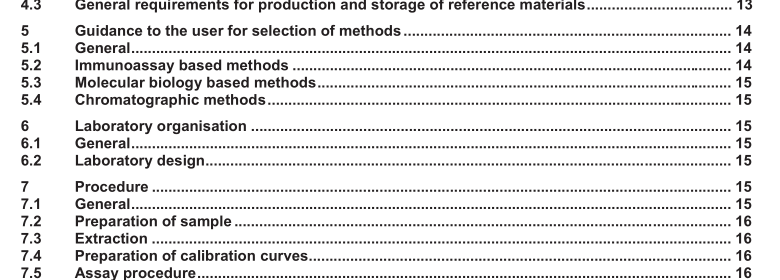EN 14695:2010 – Flexible sheets for waterproofing – Reinforced bitumen sheets for waterproofing of concrete bridge decks and other trafficked areas of concrete – Definitions and characteristics
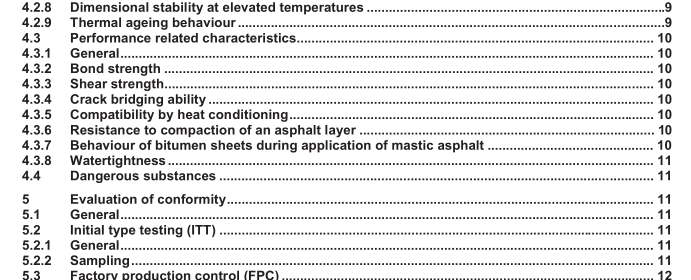
Where a product is specified by thickness, it shall be measured in accordance with EN 1849-1 and the results shall lie within the declared tolerance of the manufacturer’s declared value. Where sheets with incorporated mineral protection are specified by thickness, the measurement of thickness may additionally be carried out on the granule-free selvedge. This shall be declared in the report. […]
Continue reading »